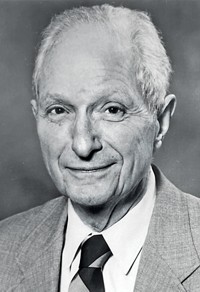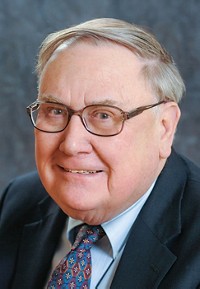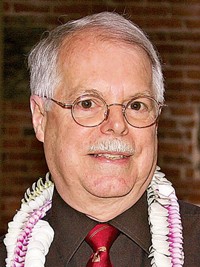Advertisement
Grab your lab coat. Let's get started
Welcome!
Welcome!
Create an account below to get 6 C&EN articles per month, receive newsletters and more - all free.
It seems this is your first time logging in online. Please enter the following information to continue.
As an ACS member you automatically get access to this site. All we need is few more details to create your reading experience.
Not you? Sign in with a different account.
Not you? Sign in with a different account.
ERROR 1
ERROR 1
ERROR 2
ERROR 2
ERROR 2
ERROR 2
ERROR 2
Password and Confirm password must match.
If you have an ACS member number, please enter it here so we can link this account to your membership. (optional)
ERROR 2
ACS values your privacy. By submitting your information, you are gaining access to C&EN and subscribing to our weekly newsletter. We use the information you provide to make your reading experience better, and we will never sell your data to third party members.
Education
ACS Award for Distinguished Service in the Advancement of Inorganic Chemistry
by Stephen K. Ritter
January 16, 2012
| A version of this story appeared in
Volume 90, Issue 3
Sponsored by Strem Chemicals
By his accounting, Arnold L. Rheingold of the University of California, San Diego, has had a hand in producing more than 9,000 crystal structures during his career. And, at 71, he shows no sign of slowing down.
Rheingold’s group, besides solving its own structures, has worked with many leading chemists on studies covering organometallics, bioinorganic chemistry, supramolecular chemistry, and asymmetric catalysis. This research is reported in nearly 2,100 papers with coauthors who include Nobel Laureates Roald Hoffmann, Richard R. Schrock, and Richard F. Heck. Overall, he has published papers with 4,200 different coauthors.
But that is only part of Rheingold’s story. He reached those numbers by helping some 80 young academic chemists without access to an in-house X-ray diffractometer. The success of these junior collaborators in gaining tenure can be traced in part to the molecular structure information provided by Rheingold’s laboratory.
One testimonial comes from Charles G. Riordan of the University of Delaware. “Shortly after arriving at Kansas State University to start my first faculty position in 1993, I met with Arnie at an ACS meeting,” Riordan says. “He was very eager to learn about my chemistry, and he ended our conversation with an enthusiastic and emphatic, ‘Send me crystals!’ ”
Without a diffractometer in his department, Riordan was thrilled that the world leader in inorganic X-ray crystallography was willing to collaborate with him. “During my four-plus years at Kansas State, my group published 10 papers, seven of which included Arnie and his students as coauthors,” Riordan says. “His efforts greatly enhanced and accelerated my research.”
Rheingold’s foray into crystallography had an austere beginning. He received a Ph.D. in inorganic chemistry from the University of Maryland in 1969. Rheingold began his academic career at the State University of New York, Plattsburgh, where he developed a research program synthesizing inorganic clusters of transition metals with the heavier group 15 elements arsenic and antimony. At the time, not many chemists were equipped to do crystallography, nor did they have the patience for the time it took, he relates.
“I was making compounds that I couldn’t characterize without crystallography,” Rheingold told C&EN in a 2004 interview. “And I was running out of friends who were crystallographers who could do structures for me. It became clear that I better learn how to do it myself.”
In 1980–81, Rheingold took a sabbatical and learned crystallography from Melvyn R. Churchill at SUNY Buffalo. The following year, he took a position at the University of Delaware running a new crystallography center.
Rather than simply operating a service facility, Rheingold chose to be intellectually involved in the work of his collaborators, helping them extract the most chemically relevant information from their crystallographic results. In part because of his efforts, crystallography is now an almost routine tool for every inorganic and organometallic chemist, and many of his former students and postdocs are staff crystallographers in chemistry departments around the U.S.
When not loading crystals or generating X-ray data files, Rheingold has served as chair of the ACS Division of Inorganic Chemistry, on the editorial advisory boards of Inorganic Chemistry and Organometallics, and on the ACS Joint Board-Council Committee on Chemical Abstracts Service.
Rheingold will present the award address before the Division of Inorganic Chemistry.






Join the conversation
Contact the reporter
Submit a Letter to the Editor for publication
Engage with us on Twitter